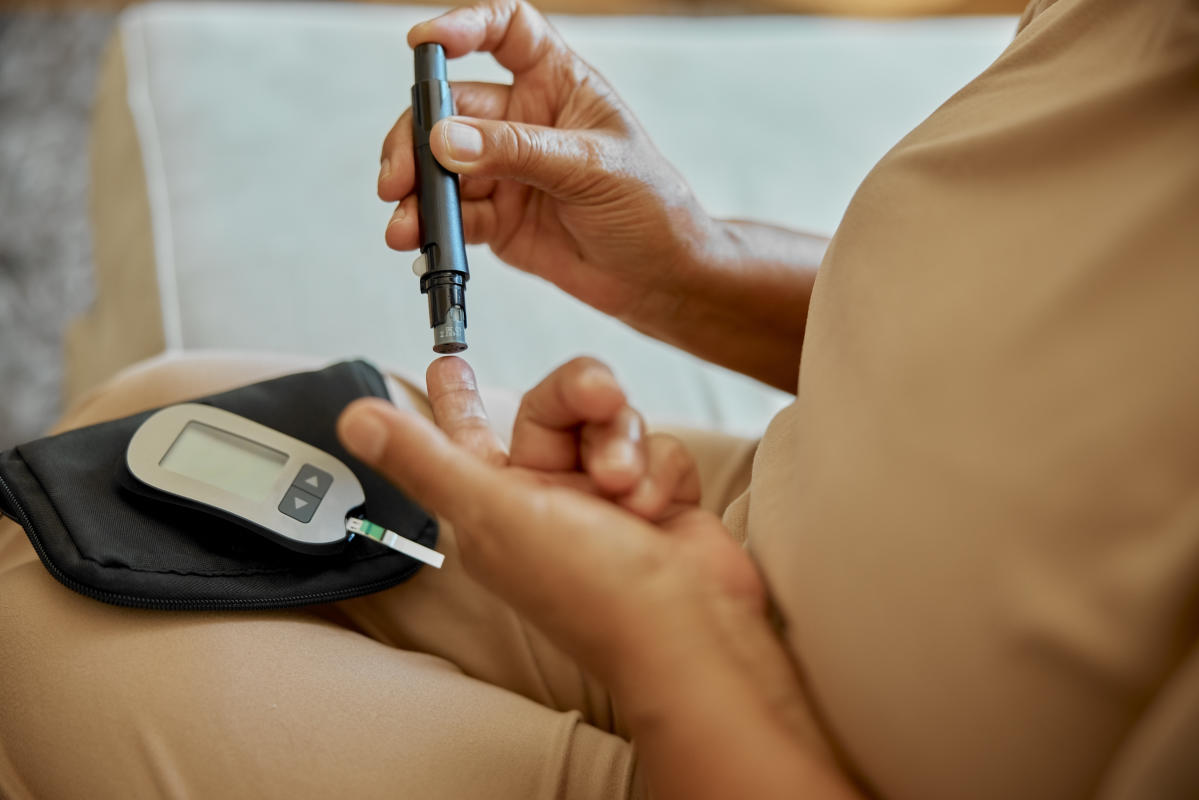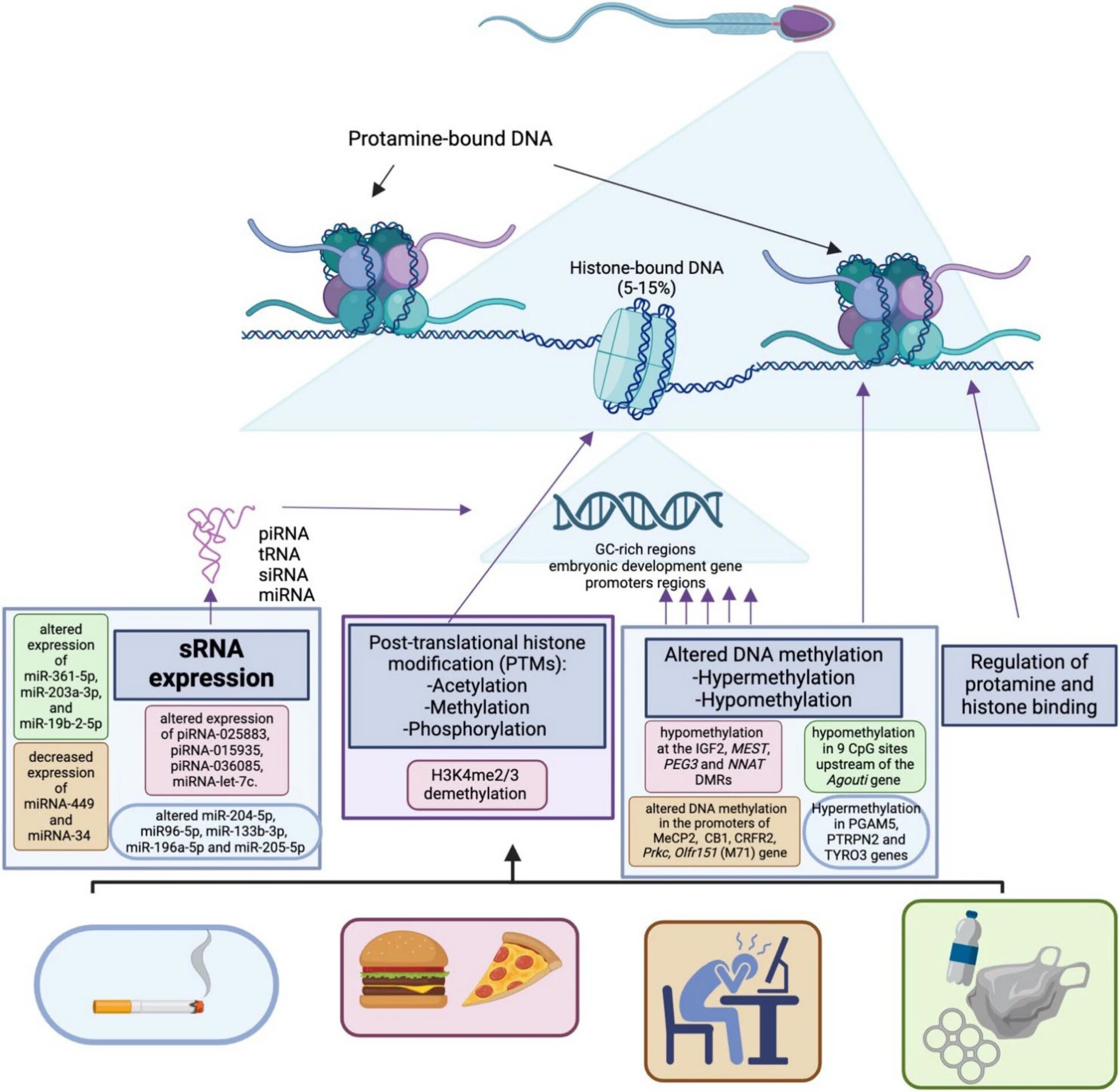The UK has seen a surge in the number of type 2 diabetes cases, with data analysis from Diabetes UK showing that one in five adults are now living with diabetes or pre-diabetes.
The charity found that 12.2 million people are affected by the condition, the highest total ever recorded. Just a small proportion of diabetes cases are type 1 or other types that are not related to lifestyle, said Colette Marshall, chief executive of Diabetes UK, whereas some 90% have type 2 diabetes.
Of the total figure, it is estimated that 1.3 million have undiagnosed type 2 diabetes, while 6.3 million are living with non-diabetic hyperglycaemia, also known as pre-diabetes. Left untreated, pre-diabetes can develop into type 2 diabetes.
Marshall told the Guardian: “While obesity is not the only factor that increases risk of type 2 diabetes, we’re concerned that the rise in the number of those living with… obesity is translating into soaring cases of pre-diabetes and type 2 diabetes across the UK.
“We need to see bold and urgent action from government to reverse these alarming trends. We are increasingly seeing unhealthy diets, driven in part by promotions of foods high in fat, salt and sugar, resulting in unhealthy food often being the easiest option.”
How is diabetes linked to weight?
Obesity greatly increases the likelihood and severity of type 2 diabetes. People living with obesity are seven times at greater risk of diabetes compared to those of a healthy weight, while being overweight results in a threefold increase in risk.
According to Public Health England, 90% of adults with type 2 diabetes are overweight or obese. Diabetes can also lead to a higher risk of chronic health conditions like cardiovascular disease, amputation, kidney disease, and depression.
Dr Jeff Foster, GP and medical director at men’s health platform Manual, tells Yahoo UK: “We classically think of type 2 diabetes as a lifestyle condition, one brought on by obesity, inactivity and poor diet. As our population has become less healthy, this has certainly increased the number of people suffering with lifestyle-induced type 2 diabetes.”
He adds that some patients may develop type 2 diabetes because their pancreas doesn’t work as well as it should.
Is it possible to reverse diabetes?
It’s important to understand that making healthy changes to diet and exercise can play a big role in reducing the impact of diabetes, but it cannot reverse the condition permanently.
However, it is possible to put type 2 diabetes into remission, according to Diabetes UK. In terms of pre-diabetes, this can be reversed with lifestyle changes, but patients must be careful to maintain these to remain free of diabetes.
Putting type 2 diabetes into remissions means getting blood sugar levels to below the diabetes range and not having to take medication anymore.
One prominent figure who spoke often of reversing type 2 diabetes was the late Dr Michael Mosley, who developed particular diets to help others with diabetes manage the condition and even go into remission.
Dr Mosley, who died in June 2024, was diagnosed with the condition in 2012. In 2020, he said in a TV interview that he was able to reverse his diabetes through fasting and weight loss. He developed the Blood Sugar Diet and 5:2 Diet, which has helped many people to manage their own illness.
How do you put type 2 diabetes into remission?
There are four main ways that can help put type 2 diabetes into remission. These include:
Weight loss
Diabetes UK states: “The strongest evidence we have at the moment suggests that type 2 diabetes is mainly put into remission by weight loss. Remission is more likely if you lose weight as soon as possible after your diabetes diagnosis. However, we do know of people who have put their diabetes into remission decades after diagnosis.”
Reduce sugar consumption
Sugar is found naturally in fruits, vegetables and dairy, which can all play a role in a healthy, balanced diet. However, free sugars – which are often found in foods that are high in fat, salt and sugar – can increase the risk of diabetes or worsen the condition if you already have it.
Aim to make simple changes that can help dramatically cut down the amount of free sugars you consume. Choose healthier snacks like unsweetened yogurts, unsalted nuts, seeds, fruits, and vegetables instead of chocolates, sweets, cakes and biscuits. Replace sugary drinks with diet fizzy drinks and squashes with no added sugar.
Cooking from scratch can also help you control the amount of sugar that goes into your food. You may not realise it, but ready-made pasta sauces, curries and sauces often have a surprising amount of sugar in them, but if you cook from scratch, you’ll be able to avoid these added sugars.
Adopt a low-calorie diet
A low-calorie diet can help you lose weight, and therefore put type 2 diabetes into remission. For example, the NHS Type 2 Diabetes Path to Remission Programme is based on research and helps people living with type 2 diabetes and obesity or overweight.
Research shows that a three-month specially formulated diet comprising of total diet replacement products including soups and shakes, followed by healthy lifestyle support can help patients to lose over 10kg in weight, improve their blood sugar levels, reduce diabetes-related medication and, in almost half of participants, put their type 2 diabetes into remission.
Have an exercise routine
According to Dr Foster, exercises that stimulate your metabolic rate are the most helpful if you’re trying to put your diabetes into remission.
These are exercises that “get you either out of breath or make your muscles hurt or make you sweat”. “This is because it will have more benefit over the next 12 to 24 hours on your body and metabolism than just the time that you were active.”
Exercises like aerobic exercises (running, swimming, cycling) and strength training exercises can help increase your metabolic rate, helping you burn more calories. High intensity interval training (HIIT) is also recommended, as this combines cardio and strength exercises.
Read more about diabetes:


